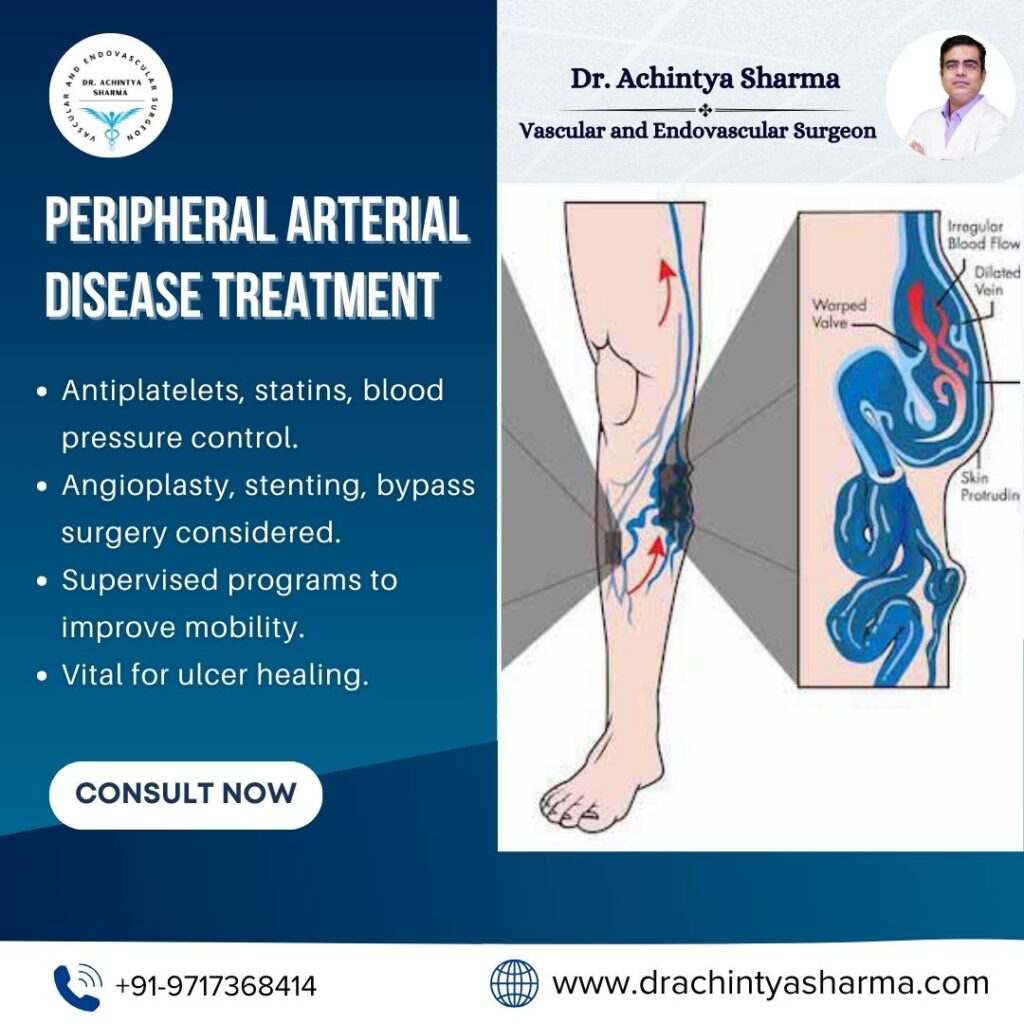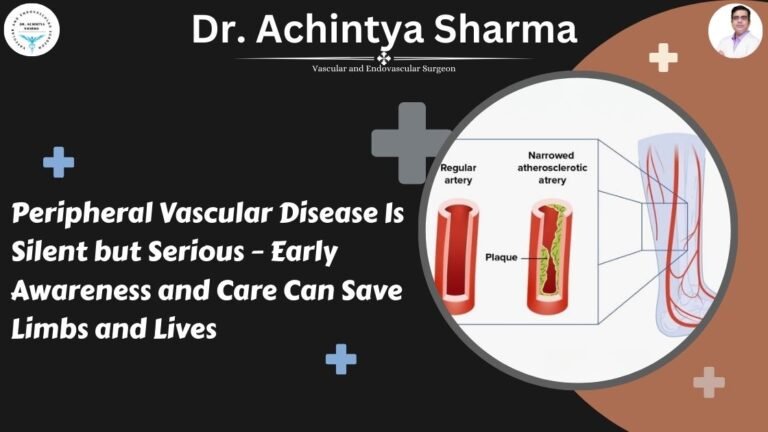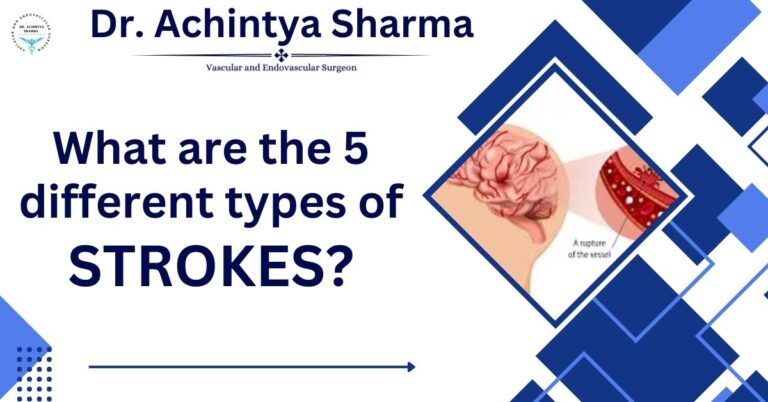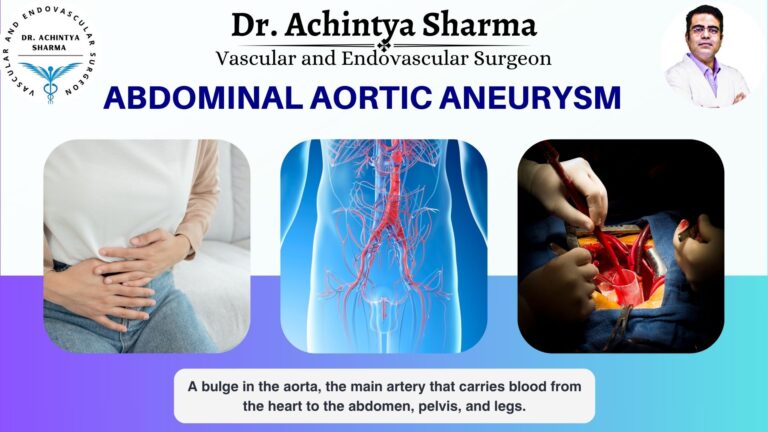Peripheral Arterial Disease (PAD) is a common form of circulatory disease whereby arteries that supply blood to the limbs constrict. With this condition one may affected with the lower limbs and pain while walking (intermittent claudication), paraesthesia, or cramping. If left untreated, PAD can lead to severe conditions such as gangrene, loss of tissues in the limbs, and amputation. Fortunately, there are various types of treatment for PAD and these are as follows:
Lifestyle Changes
Quit Smoking: One of the prominent risk factors for the development of PAD is smoking.. Nicotine is a vasoconstrictive that causes a constriction of the blood vessels and the worsening of the symptoms. Quitting smoking can go a long way in improving your health status.
Exercise : A exercise program increases circulation of blood throughout the body which decrease the symptoms and increase waking distacnce gradually.
Healthy Diet: A low-fat, low-cholesterol, low-sodium diet can help prevent or reduce the effects of PAD (Peripheral Arterial Disease). Select foods that are rich in fiber including fruits, vegetables, whole grain products, and lean meats. The last advantage of being at a healthy weight is that your arteries are not under so much pressure.
Manage Other Health Conditions: Other diseases that lead to the development of PAD include high blood pressure, high levels of cholesterol, and diabetes. A physician can help control these conditions through consultations and prescribed medications.
Medications
Antiplatelet Agents: These are Non-steroidal anti-inflammatory drugs like aspirin or clopidogrel that prevent the flow of blood clots to the arteries and hence enhance blood flow reducing chances of a heart attack or stroke.
Cholesterol-Lowering Medications: Statins, commonly used drugs to treat cholesterol, help restrict the expansion of arteries.
Blood Pressure Medications: When diagnosed with PAD, managing blood pressure effectively is crucial. This is important because some common medications, such as ACE inhibitors or beta-blockers, can help manage hypertension with their effects.
Medications for Symptoms: Two agents commonly used in the treatment of PAD are cilostazol and pentoxifylline, which help relieve symptoms such as leg cramps that develop during walking.
Medical Procedures
Angioplasty and Stenting: Basic treatment entails an operation,where in a small. An inflated tiny balloon is inserted directly through the blood vessels to the affected area of the artery. A doctor implants a small woven mesh tube called a stent in a blood vessel to prevent its reoccurrence.
Bypass Surgery: Sometimes, the surgeon steps in and to establish a new transport line from another blood vessel using a segment of your tissue or a manufactured tube. In this procedure, the above-listed vessels may see a quantum leap in blood flow and hence be able to remove the pronounced signs.
Atherectomy: The procedure of rendering the plaque build-up of the artery walls. A technique known as atherectomy, which is the use of a specific catheter. In some cases where angioplasty cannot be conducted, the stenting may be used least often.

Alternative Treatments
Chelation Therapy: Though this is prohibited and presently rather unsafe.Chelation therapy. The introduction of a solution into the bloodstream to flush out certain toxins viz; heavy metals. Further investigation is required to use the FMT’s potential utility in PAD, as proposed by others.
Stem Cell Therapy: Intervention practiced to promote tissue healing by regenerating new blood vessels in this kind of stem cell experiment.However, despite these respective treatment options they are again in experimental level and not widely applied out.
Conclusion
PAD is not a condition that one can necessarily cure however with the right pharmaceutical regimen and not forgetting to change of some of the bad habits and probably surgery and in other extreme cases the condition is definitely tameable. The management plan regarding such instances will, therefore, depend on the extent as well as the type of PAD; it is wise if one has to seek professional help if experiencing any of the aforementioned symptoms. If diagnosed at an early stage, you will have a brighter future in terms of the quality of your life without severe impacts that can result from the later stages of a disease.The person must consult the doctor to receive advice. By this method, we can find the most appropriate modality for combination therapy.




